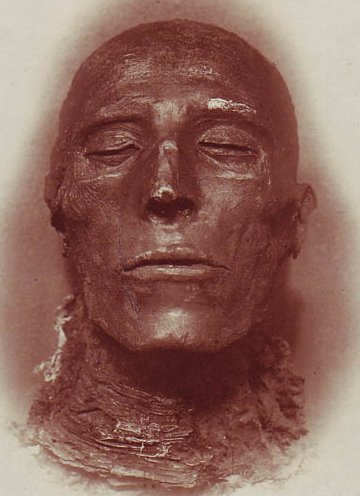
The 19th Century adventures of Mary Shelley’s famous monster conclude with Issue 12 of Marvel’s The Frankenstein Monster as the new creative team of writer Doug Moench and artist Val Mayerik begin the drastic process of updating the series to the present-day.
The Monster is dying of a gunshot wound inflicted by Vincent Frankenstein in the previous issue. After surviving an attack by a pack of wolves, the Monster falls off a cliff into an icy river. The story then jumps ahead to 1973 as an oil freighter hits an iceberg containing the frozen body of the Monster. This being a comic book, the Monster never died of his gunshot wound since the ice preserved him in a state of suspended animation.
The sailor who spotted the Monster trapped in the ice has a brother who runs a carnival. They conspire to steal the body before it can be turned over to the authorities. We are then introduced to a young neurosurgeon, Dr. Derek McDowell who sees the Monster exhibited at the carnival and correctly concludes that it is the immortal creation of Victor Frankenstein.
From here we segue to the pages of Marvel’s more mature (as in free of the censorship imposed by the Comics Code Authority) comic magazine, Monsters Unleashed which first launched the Frankenstein 1973 feature in their second issue the preceding year under the aegis of Gary Friedrich and John Buscema. The events of The Frankenstein Monster # 12 would now be considered an example of ret-conning in order to retroactively satisfy the continuity established in the sister magazine.
TO CONTINUE READING THIS POST, PLEASE VISIT HERE.

.jpg)



.jpg)